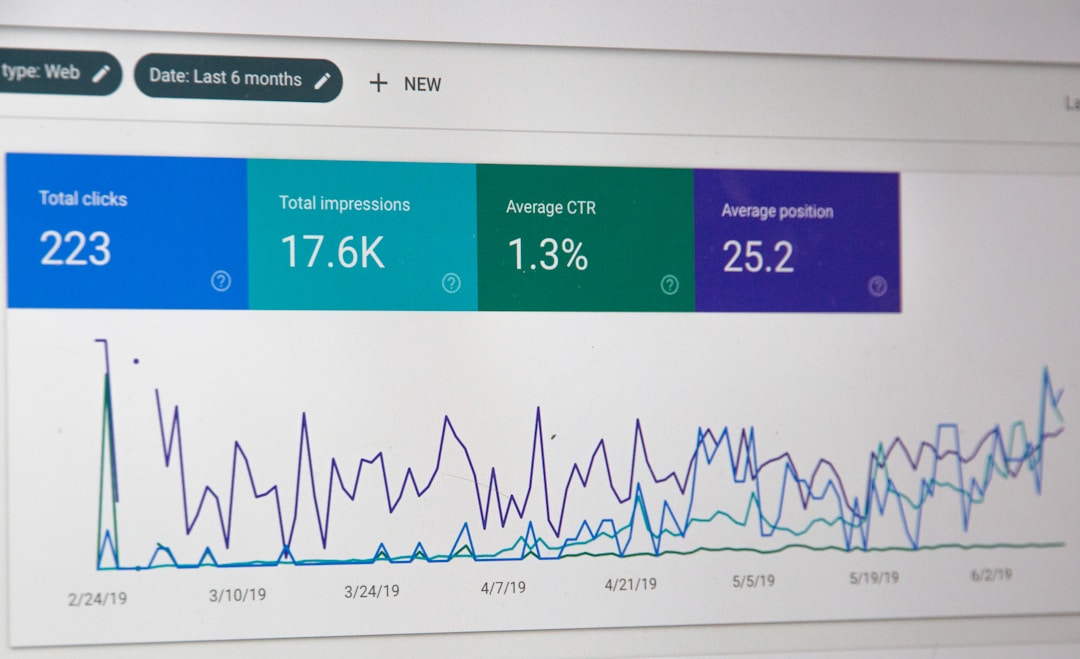Statista predicts the total ad spend for search engine optimization (SEO) campaigns to cross $200 million in 2022. Generally, search engine optimization can be a good way to rake in a lot of impressions from your campaigns. However, generating relevant searches on Google and other search engines is easier said than done as online brands face several challenges, including irrelevant search queries and results. The good news is that brands can leverage the use of negative keywords to ramp up their search campaign efforts. Check out this comprehensive negative keywords guide and how to improve your SEO.
Negative Keywords Defined

SEO experts often recommend a list of negative keywords as part of strategies for positive results, but what are negative keywords, and why do they appear in SEO conversations? Negative keywords are specific keywords that prevent your search ads from showing up when consumers key in unrelated phrases in the search bar. This is also known as a negative match in pay-per-click (PPC) advertising.
Online brands prefer to appear on the results page for the actual keyword they invest in. For example; if your brand makes an advert for brand new cars, you may not want to be in the results when someone searches for used cars. This is why brands invest a lot of money in negative keywords. The negative keyword, in this case, can be “used”. Google’s algorithms can filter your search results to generate maximum reach of your ads and that’s the objective of many Google ads.
Negative Keywords Benefits
You expect to receive positive search results on every advertising dollar invested in your efforts as an advertiser. Generally, negative keywords aid in search accuracy in reaching your target market. Some of the specific benefits of using negative keywords include:
1. You can improve the click-through rate on ads.
Click-through rates (CTR) can be a great metric in measuring the performance of regular keywords and other business listings.
Getting a high CTR presents enough data about the number of clicks an ad receives versus the number of times the ad shows when a customer activates a keyword. Negative keywords can filter out common misspellings of your keyword and save you the stress of losing traffic.
2. You spend less on ads.
Efficient keywords result in qualified leads, which can move further up your sales funnel. Ultimately, brands expect leads to become repetitive customers and can filter their search results while saving money on bad leads by leveraging negative keywords.
3. You can improve the ad group relevance.
Negative keywords can help you reach specific ad groups when you make a CPC bid. What are ad groups? Google can group ads with a similar target market like slim fit apparel ad campaigns. If your brand has multiple offerings, you can separate them according to available ad groups for efficiency in targeting.
SEO Improvement Tips

Besides negative keywords, the following tips can help take your SEO efforts to the next level.
Improve page speed: SEO research shows two of every five web users will abandon your site if the server response time (SRT) exceeds three seconds. What’s worse is that 80 percent of these visitors may never return to your page after a bad experience.
Ramping up your website’s speed can be a great way to attract returning visitors.
Create high-quality content: Maintaining a consistent publishing culture can be the best SEO trick. Google is more likely to rank your website if you update it with regular and relevant content. Some elements to consider in creating high-quality content are readability, clarity, and consistency.
Integrate visuals: Visuals speak more than words. And in today’s marketing world, this can mean GIFs, infographics, memes, etc.
Statistics show that a small company is 53 times more likely to rank first on Google if they have a YouTube video embedded in their website.
Generally, SEO can be a great way to improve brand visibility and your marketing goals. Investing in negative words and other modern SEO trends can never be a miss.












